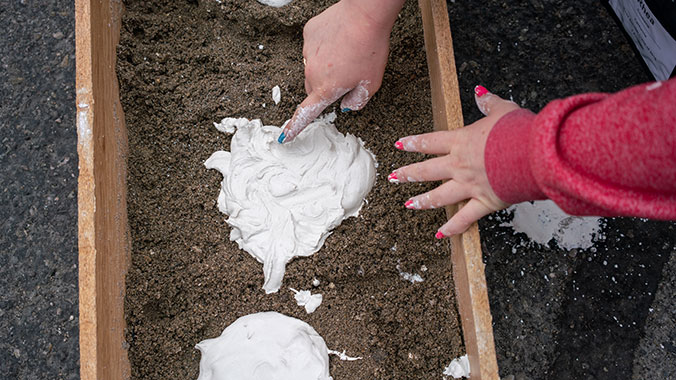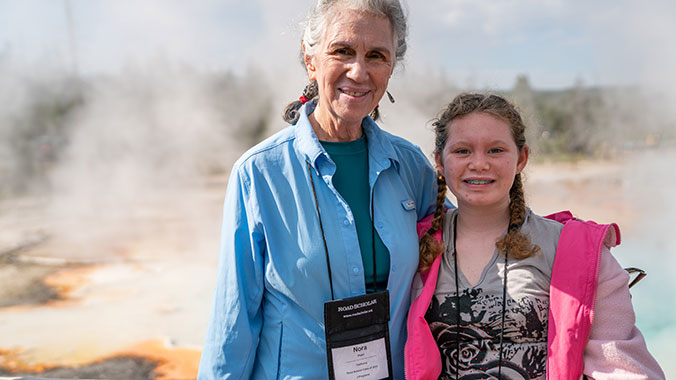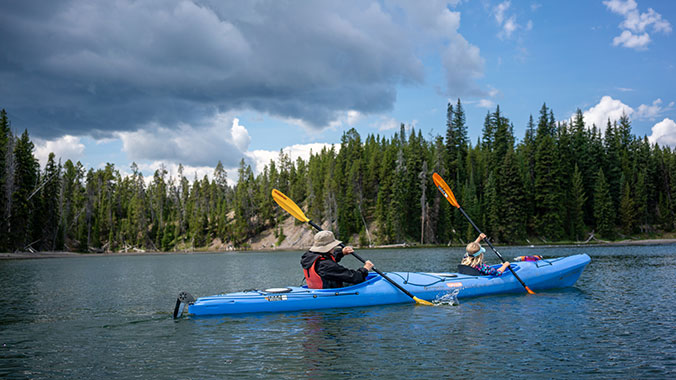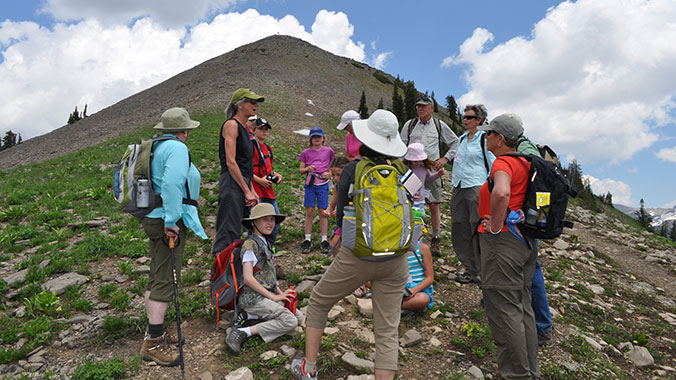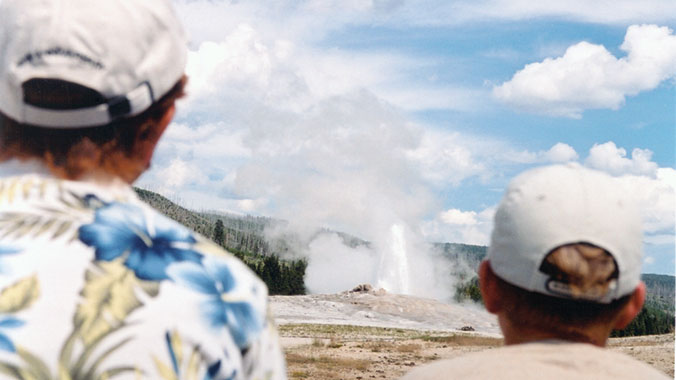Montana
Wildlife & Geysers: Yellowstone With Your Younger Grandchild
Program No. 14910RJ
Get to know Yellowstone with your grandchild as you kayak, ride horses, discover spouting geysers, watch for bears, wolves and bison, and earn your Junior Ranger badge!
LODGING & MEALS
Lodgings may differ by date. Select a date to see the lodgings specific to that date.
Showing Lodging & Meals For:
Lodging and meal options may differ by date. Select a date to see the information specific to that date.
What You'll Eat
5
Breakfasts
4
Lunches
5
Dinners
Total:
14 Meals

